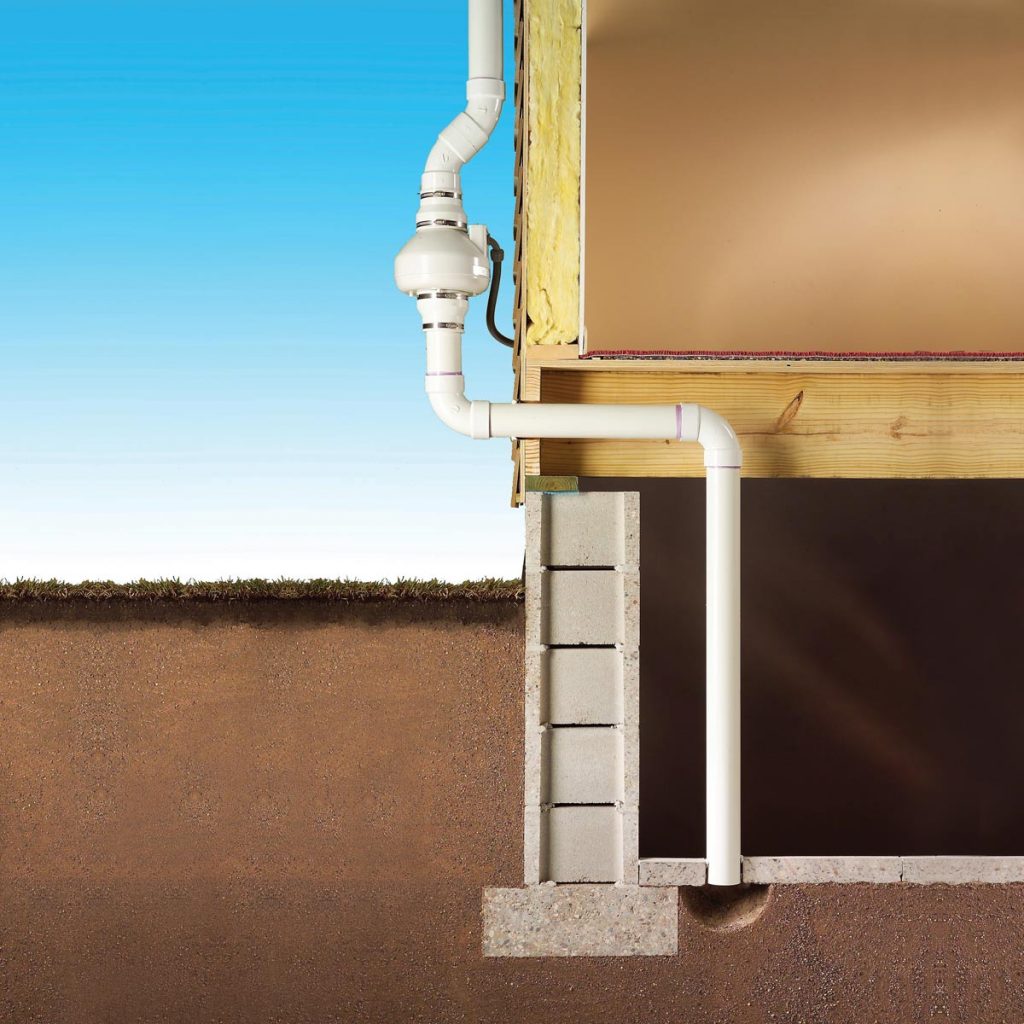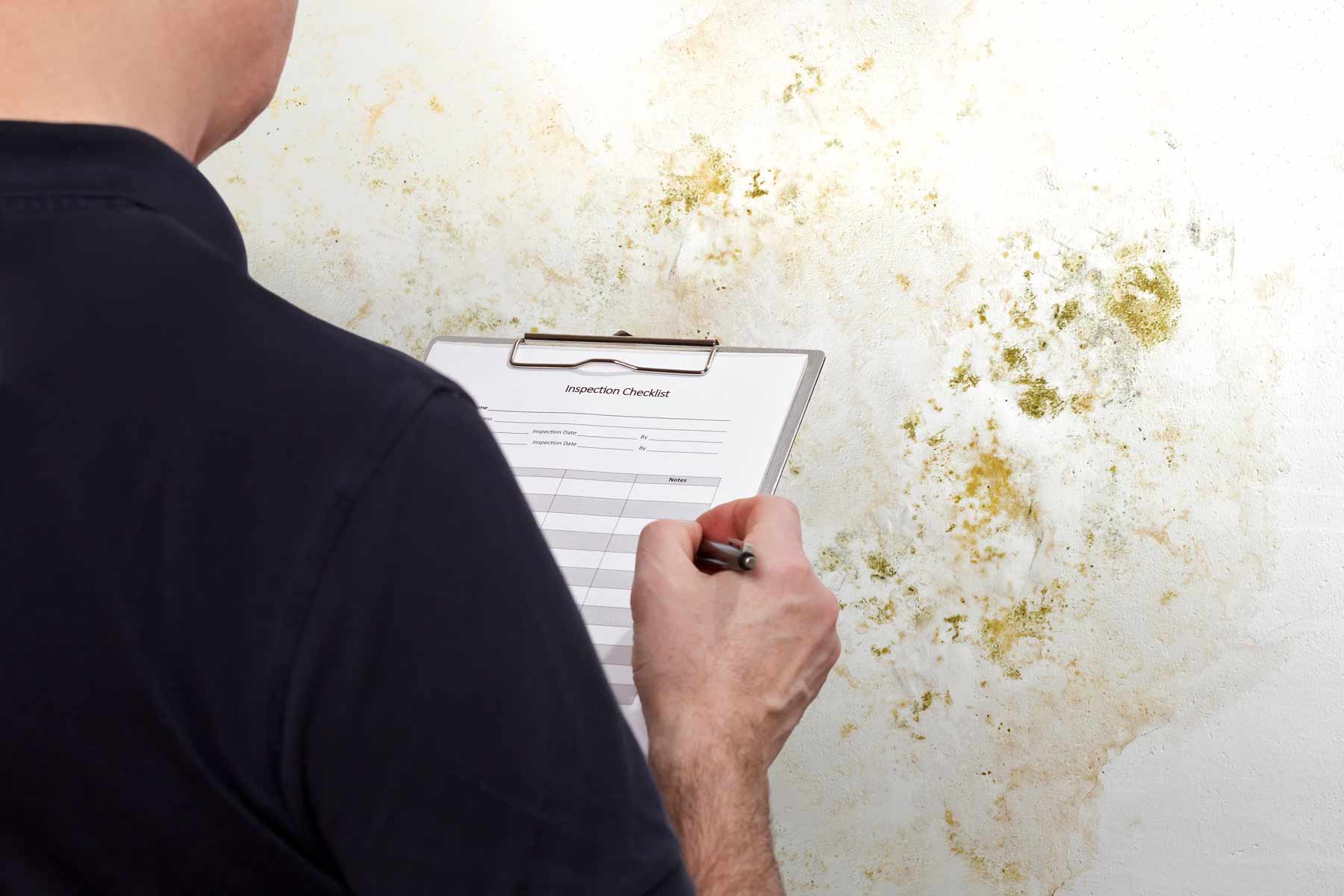Radon Mitigation Ottawa: Protecting Your Home from Harmful Gas

Strong 8k brings an ultra-HD IPTV experience to your living room and your pocket.
Radon is an invisible, odorless, and tasteless radioactive gas that poses a significant health risk to homeowners in Ottawa and across Canada. As awareness of radon’s dangers grows, so does the importance of understanding how to test for, mitigate, and prevent radon exposure in your home. This comprehensive guide explores the science behind radon, its health risks, Ottawa-specific challenges, mitigation strategies, and how you can protect your family from this silent threat.
Understanding Radon: The Invisible Threat
What Is Radon?
Radon is a naturally occurring radioactive gas produced by the breakdown of uranium in soil, rock, and water. While it is present in trace amounts outdoors and generally harmless in open air, radon can accumulate to dangerous levels inside buildings, especially in basements and lower floors where it seeps in through cracks and gaps in the foundation720.
Why Is Radon a Concern in Ottawa?
Ottawa’s geology, characterized by uranium-rich soils and bedrock, makes the region particularly susceptible to elevated indoor radon levels. The cold climate also encourages tightly sealed homes for energy efficiency, which can inadvertently trap radon gas indoors.
Health Risks of Radon Exposure
Lung Cancer: The Primary Danger
Radon is the second leading cause of lung cancer after smoking51319. According to Health Canada and the US EPA, long-term exposure to elevated radon levels significantly increases the risk of lung cancer, with smokers facing an even higher risk due to the combined effects of tobacco smoke and radon4513. Radon is responsible for an estimated 21,000 lung cancer deaths annually in the United States and a significant number in Canada as well.
No Immediate Symptoms
Radon exposure does not cause immediate symptoms. The health effects, primarily lung cancer, can take years or even decades to develop. Most people are unaware of their exposure until a diagnosis is made.
Radon Guidelines and Action Levels in Canada
Canadian Radon Guideline
Health Canada recommends that remedial action be taken in any building where the annual average radon concentration exceeds 200 becquerels per cubic metre (Bq/m³)8. The guideline applies to all residential homes, public buildings, and workplaces with regular occupancy.
When to Act
Above 200 Bq/m³: Take corrective action as soon as possible.
Below 200 Bq/m³: No immediate action required, but continued monitoring is recommended820.
How Radon Enters Ottawa Homes
Radon typically enters homes through:
Cracks in concrete floors and walls
Gaps around pipes and utility penetrations
Sump pits and floor drains
Construction joints and unfinished crawl spaces
Homes of any age, design, or condition can have high radon levels—new and old, well-sealed or drafty, with or without basements.
Testing for Radon in Ottawa
Why Test?
Since radon is invisible and odorless, the only way to detect its presence is through testing. Health Canada recommends long-term radon testing (at least three months) during the heating season for the most accurate results.
Types of Radon Tests
Short-term tests: Last from 2 to 7 days; useful for quick screening but less reliable.
Long-term tests: Last 90 days or more; provide a more accurate assessment of average radon levels.
Where to Place the Detector
Place the detector in the lowest level of your home that is regularly used, such as a basement or ground floor bedroom.
Professional Testing
Certified radon professionals in Ottawa can conduct thorough testing and provide guidance on interpreting results318.
Radon Mitigation: Reducing Radon Levels in Ottawa Homes
1. Sub-Slab Depressurization (Active Soil Depressurization)
How It Works
This is the most effective and widely used radon mitigation technique in Ottawa and Canada. A pipe is inserted through the foundation slab into the gravel or soil beneath the home. A continuously operating fan draws radon-laden air from beneath the slab and vents it safely outside, preventing it from entering the living space.
Key Features
Can reduce radon levels by up to 99%.
Works for homes with basements or slab-on-grade foundations.
Requires proper sealing of foundation cracks to maximize efficiency.
Professional Installation
Due to technical complexity and the need for airtight sealing, professional installation by a certified radon mitigation contractor is strongly recommended.
2. Sump-Hole and Drainage System Depressurization
If your basement has a sump pit or perimeter drain tiles, these can be adapted for radon mitigation by sealing the sump and attaching a radon vent pipe and fan. This method is particularly effective if the drainage system forms a complete loop around the foundation.
3. Sub-Membrane Depressurization (For Crawl Spaces)
For homes with crawl spaces, a thick plastic membrane is laid over the soil and sealed to the foundation walls. A vent pipe and fan are installed beneath the membrane to draw out radon gas.
4. Ventilation Systems (HRVs and ERVs)
Heat Recovery Ventilators (HRVs) and Energy Recovery Ventilators (ERVs) can help reduce radon levels by increasing air exchange and diluting indoor radon concentrations21220. This method is more effective for homes with moderately elevated radon levels or as a complementary strategy to other mitigation systems.
5. Sealing Cracks and Openings
Sealing foundation cracks, gaps around pipes, and other openings can help reduce radon entry and improve the effectiveness of other mitigation systems. However, sealing alone is rarely sufficient for significant radon reduction.
Ottawa Building Codes and Radon Mitigation Requirements
Ontario Building Code Provisions
The Ontario Building Code requires radon and soil gas mitigation measures in new construction, including:
Installation of a soil gas barrier (such as polyethylene sheeting)
Rough-in for a sub-slab depressurization system
Installation of a whole-house ventilation system (HRV or ERV)720
These measures are mandatory for all new low-rise residential and small buildings in Ottawa.
Retrofitting Existing Homes
For existing homes, building permits are not required for most non-structural radon mitigation work, such as installing a sub-slab depressurization system or sealing cracks, unless it affects HVAC, plumbing, or fire protection systems.
Municipal Bylaws
Ottawa encourages periodic radon testing (every five years), notification of tenants about radon levels, and mandatory mitigation for rental properties exceeding Health Canada’s guideline.
Choosing a Radon Mitigation Professional in Ottawa
Certification Matters
Always hire a contractor certified by the Canadian National Radon Proficiency Program (C-NRPP) or equivalent. Certified professionals follow Health Canada guidelines and ensure systems are installed safely and effectively.
What to Expect
Home evaluation and long-term radon testing
Customized mitigation system design based on your home’s construction
Professional installation using high-quality materials (PVC pipes, sealed joints, efficient fans)
Post-installation testing to confirm radon reduction
Ongoing maintenance and support
Cost of Radon Mitigation in Ottawa
Typical Costs
Sub-slab depressurization system: $2,000–$3,500 (including materials and labor)
HRV/ERV ventilation system: $1,500–$3,500
Annual operating cost for fans: $50–$75
Factors Affecting Cost
Size and layout of your home
Foundation type (basement, crawl space, slab-on-grade)
Complexity of the mitigation system required
Value for Money
Investing in radon mitigation is comparable to other major home repairs and provides long-term protection for your family’s health.
Maintenance and Monitoring
Regular Testing
After mitigation, retest your home to confirm that radon levels remain below 200 Bq/m³. Health Canada recommends retesting every two years or after significant renovations.
System Maintenance
Check fans and vent pipes for blockages or malfunctions
Replace or repair components as needed
Ensure HRV/ERV systems are balanced and filters are clean
Radon Mitigation in New Homes
Radon-Resistant Construction
For new builds in Ottawa, radon-resistant features are increasingly standard:
Gas-permeable layer (gravel) under the slab
Sealed plastic sheeting between the ground and the slab
Sealed and caulked foundation penetrations
Vent pipe rough-in for future mitigation system installation
Benefits
These measures make it easier and less expensive to install a full mitigation system if needed and help keep radon levels low from the start.
Frequently Asked Questions
Can I DIY Radon Mitigation?
While some steps, like sealing cracks or increasing ventilation, can be DIY, the installation of a full mitigation system should be left to certified professionals to ensure safety and effectiveness.
Does Opening Windows Help?
Opening windows and increasing ventilation can temporarily reduce radon levels, but this is not a reliable or permanent solution—levels will rise again once windows are closed.
Is Radon a Problem Only in Basements?
Radon levels are usually highest in basements and lower floors, but the gas can migrate throughout a home. Testing should be done in all regularly occupied lowest levels.
Conclusion: Take Action to Protect Your Ottawa Home
Radon is a serious but manageable risk for Ottawa homeowners. The key steps are:
Test your home for radon, especially if you have never done so.
Take action if levels exceed 200 Bq/m³—install a mitigation system using certified professionals.
Maintain and monitor your system to ensure ongoing protection.
Advocate for radon-resistant construction in new homes and support local bylaws that prioritize indoor air quality.
By understanding the risks and solutions, Ottawa residents can protect their families from the hidden dangers of radon and ensure a healthier home environment for years to come.
For more information, consult Health Canada’s Radon Reduction Guide for Canadians, the City of Ottawa’s building code advisories, or contact a C-NRPP certified radon professional in your area.
Note: IndiBlogHub features both user-submitted and editorial content. We do not verify third-party contributions. Read our Disclaimer and Privacy Policyfor details.





